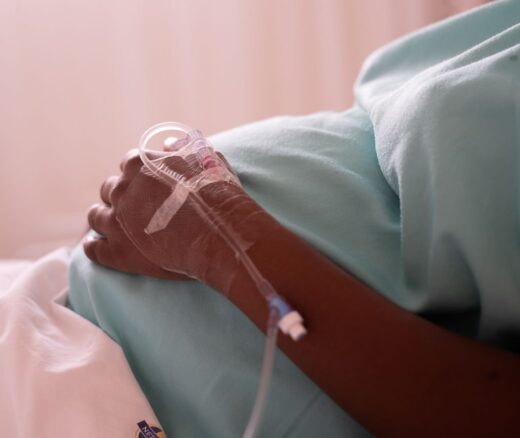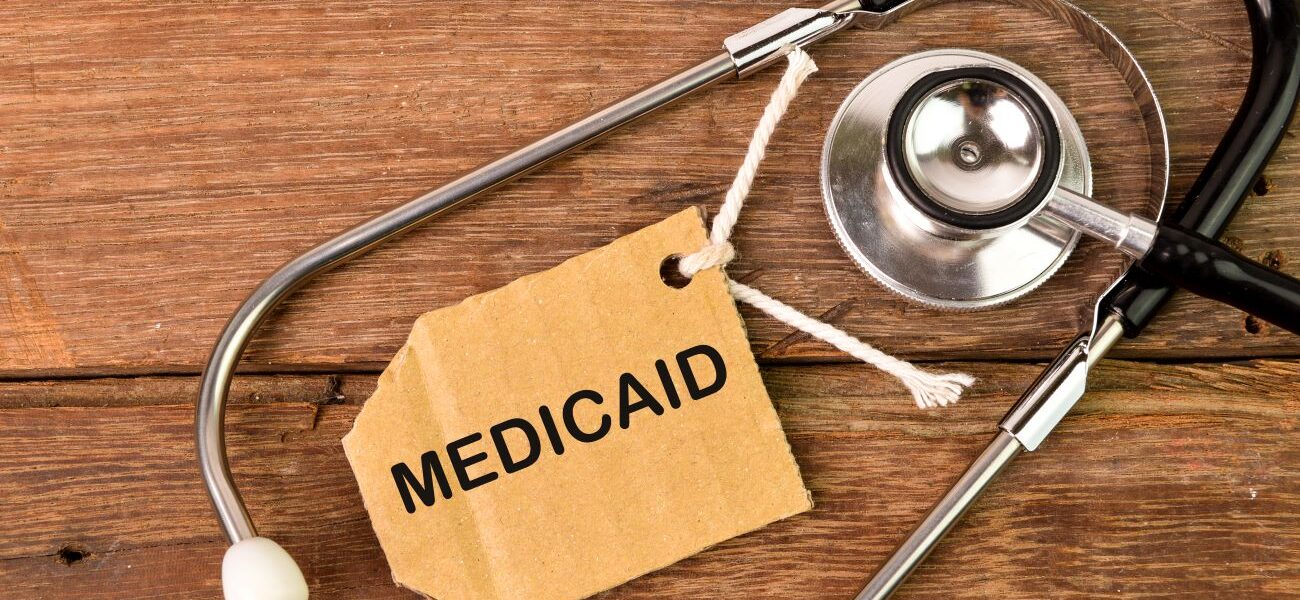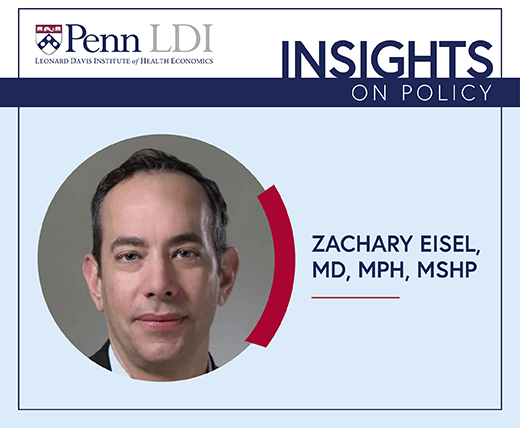
Over 500 U.S. Hospitals Have Stopped Delivering Babies Since 2010
A Crisis in Maternal Care is Unfolding—and it’s Hitting Rural and Urban Communities Alike
In Their Own Words

While the devastating consequences of Trump’s “One Big Beautiful Bill” are clear–like lost Medicaid coverage for an estimated 12 million Americans–rolling this bad bill back is not enough for Democrats.
Medicaid is flawed and broken, and must be improved so we can bring quality health care to all Americans. How? I’ve identified seven core design elements Democrats can propose to fundamentally fix Medicaid, not just repair the damage done by Trump:
I elaborate on all of these in my new piece in The Bulwark.
As Americans fear what Trump’s bill means for them, Democrats must offer a plan that’s better, cheaper, and more compassionate. Now is the time for bold reform that guarantees simple, standardized coverage that puts health over profit and protects families from bankruptcy.
Ezekiel J. Emanuel, MD, PhD is a Senior Fellow at the Leonard Davis Institute of Health Economics, Vice Provost for Global Initiatives and the Diane v.S. Levy and Robert M. Levy University Professor at the University of Pennsylvania.


A Crisis in Maternal Care is Unfolding—and it’s Hitting Rural and Urban Communities Alike

Research Memo: Delivered to House Speaker Mike Johnson and Majority Leader John Thune

Research Memo: Delivered to House Speaker Mike Johnson and Majority Leader John Thune

Historic Coverage Loss Could Cause Over 51,000 People to Lose Their Lives Each Year, New Analysis Finds
Research Brief: New Incentive Structures and Metrics May Improve Program Performance

Research Memo: Response to Request for Technical Assistance